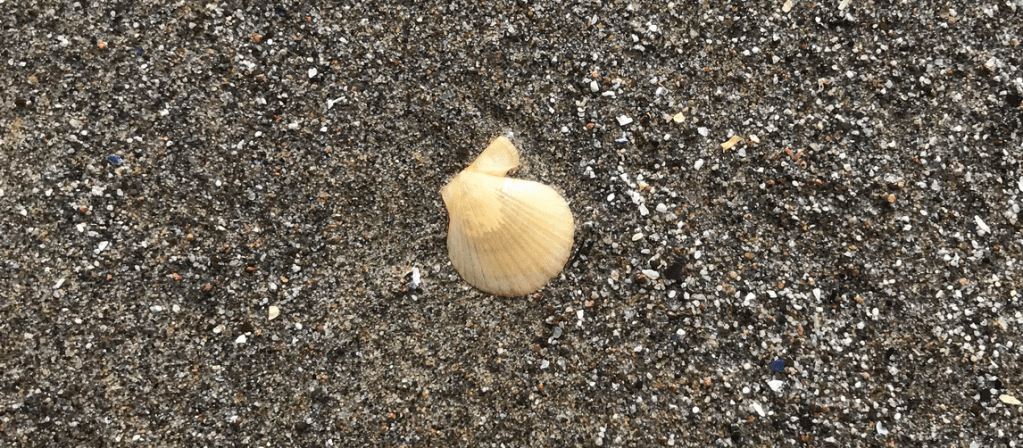From the editor’s desk
Published 1:00 am Monday, April 18, 2022

- Scallop on Benson Beach
Razor Clam Festival attendees reveled in the kind of weekend that makes us treasure living here. (Complete coverage in the April 20 Chinook Observer.) An artist who painted cloud formations like those we saw Saturday would be accused of being too flamboyant — they truly defy description. Even photos don’t do them justice, though I’m sure there were hundreds of valiant attempts. We are so lucky to inhabit one of the world’s most splendid places.
Razor clams are justifiably famous as our coast’s paramount recreational shell-fishery. It’s been an extraordinary season. With the exception of some rambunctious winter storm tides, digging has been productive and safe, with ample 20-clam limits during the starting and ending weeks.
I’ve been monitoring the state’s progress for several years as it has laid the groundwork for an access corridor to the spectacular and productive manila clam tidelands on the eastern shore of Willapa Bay. Thanks to a recent action by the Washington Fish and Wildlife Commission authorizing a land purchase (tinyurl.com/Nemah-shore), it looks like the last piece is now in place for public enjoyment of a long stretch of bay frontage — one of my favorite places in Pacific County. Right down along the water’s edge there’s a “Robinson Crusoe” kind of feeling, with soul-nourishing vistas of the bay. We’ll run a big feature about this site when it opens.
Walking with friends Sunday morning along Benson Beach in Cape Disappointment State Park — about a one-song drive from my house — I was pleased and a little surprised to find a couple scallop shells. Washington waters are home to four different scallop species, but I suspect these were juvenile rock scallops so young they hadn’t permanently anchored themselves to undersea outcrops.
The scallop fishery is one of our area’s interesting legacies, one that is relatively unremembered. Since it involved the now-discredited practice of dragging the bottom, there is effectively little way to know how well scallops may have recovered from commercial over-harvesting half a century ago. Elsewhere in Washington, some scalloping is allowed in the San Juans, but not — so far as I can tell — down here on the outer coast. Oregon does permit recreational harvests by divers, including out of Astoria.
One of these days, we’ll do a full-scale report on the state of local scallop populations. I’m interested in everything to do with our rich natural surroundings and wild neighbors, and make sure to reflect this in the Chinook Observer. If you’re not already a subscriber, I hope you’ll consider becoming one.
As a postscript to this newsletter, here’s a fascinating 1981 excerpt from our pages that touches upon the scallop fishery:
Crewmen aboard the 78-foot drag fishing boat St. Joseph unloaded scallops at Jessie’s Ilwaco Fish Company but also unloaded bits and pieces of a mysterious plane wreck. Tangled in a nest of wires, parachute cords and the silk of the parachute itself were many parts of what is suspected to be a World War II vintage aircraft, and what might be human bones. Crewmen of the St. Joseph said they were dragging for scallops in 50 fathoms of water about 15 miles southwest of the mouth of the Columbia when they brought up the old equipment. This is the general vicinity where parts of another plane wreck were hauled to the surface in late May 1980 by Jim Suomela, skipper of the 52-foot dragger Columbia Star. Crewmen found a 13-foot piece of wing — later identified as belonging to a single-engine propeller driven Curtiss Helldiver dive bomber, built in the mid-1940s. Folding gear indicated it was an aircraft carrier plane. A 1943 Oldsmobile-manufactured 20 mm cannon was also recovered from the wreckage.









